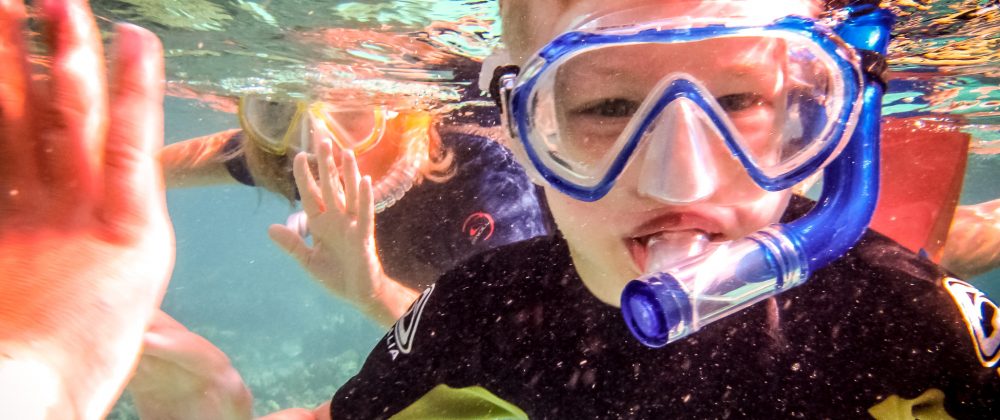We spent three days anchored at the south pass at Fakarava. Our initial attempt at anchoring was abandoned when I snorkeled to check the anchor and found that the area was traversed by cables from a long-abandoned pearl farm we moved half a mile east and found a nice sandy patch. We went for a snorkel around the boat and were immediately targeted by the Remora fish, assuming were sharks due for a clean I guess!
I managed to join Enata Diving for a two-tank drift dive through the pass, which turned out to be a top experience and worth every penny. The pass is 30m deep in places and they fill the tanks with nitrox as a matter of course to avoid all the mucking about with decompression stops and bottom time limits that would come into play with two relatively deep dives in close succession. Technicalities aside, the dive was truly spectacular: literally hundreds of sharks cruise the pass, mingling with gigantic napoleon wrasse, manta rays and too many other species to mention.

I was privileged to have Jacqueline Evers from The Netherlands as my dive buddy. She is truly inspiring, solo sailing around the world in her 27-foot sloop.
Yesterday Maria and I went back in the dinghy and snorkeled the edge of the pass twice, drifting with the dinghy in tow. A great experience as the colours are always better in the shallow water. The sides of the pass are really steep, so we could see all the way to the bottom. No shortage of sharks either!








You must be logged in to post a comment.